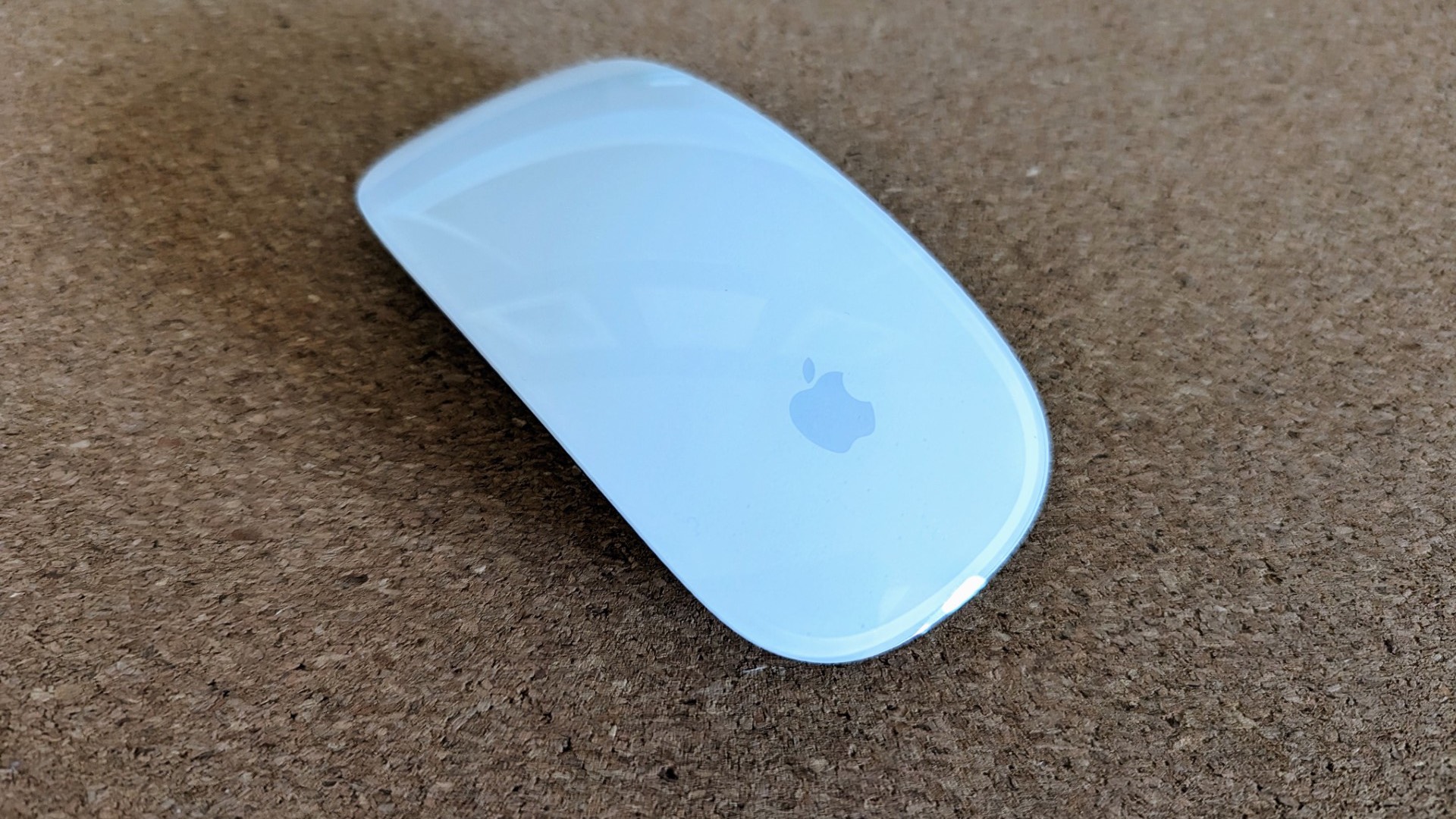Forget buttons, a future Magic Mouse could have tilt controls as well if this patent is to be believed
It's time to wave your mouse around.

The Magic Mouse has its detractors for a number of reasons, whether that's the way that it charges — the Lightning port is on the bottom so it can't be charged and used at the same time — or the way the whole mouse moves when you click a button. But for whatever reason you might not be a fan of Apple's mouse, it seems that the company is already hard at work on something entirely new. And it could make buttons a thing of the past.
That's assuming we can use a newly discovered patent as any kind of sign to Apple's future plans, a fact that isn't always a given. But if we can, Apple seems to be working on a new kind of mouse that goes beyond the traditional methods of inputs — moving and clicking — by adding a whole new type of control that could make it the best wireless mouse for Mac, ever.
That type of control, the patent hints, is a new tilting technology that could one day see us waving our mouse around to open windows and interact with on-screen elements. But as is always the case with patents, it's important to remember that they don't always turn into shipping products or features. But some inevitably do, which makes them well worth paying attention to.
It's tilting time.
The new patent, simply titled Input Device, was first spotted by AppleInsider and appears to hint at plans to have people tilting their accessories in order to issue commands. The patent says that a "user can tilt the input device to cause a computing device to perform a desired function," says the patent application. It goes on to explain that the device could be titled in different directions and to differing degrees with software then detecting that motion and using it as a driver for on-screen activities.
While the functionality might not immediately seem obvious, Apple suggests that "The desired function can be any function carried out by the computing device" before adding that the action can be made "whether visibly apparent on a display screen of the computing device or not." The patent also mentions that the way the mouse is moved in relation to the surface it's on could also be used to trigger actions. The patent drawings do appear to suggest that a surface could also be part of the mouse itself, possibly hinting at a two-component setup.

Apple's history with the humble mouse is checkered and the Magic Mouse is far from its first miss in this category. The infamous iMac hockey puck mouse continues to be a low point for Apple, although there's something to be said for the many different colors it came in. Some of the patent illustrations do appear to suggest this new mouse may also be round, but these drawings are normally more about making the point than indicating any future form factor for the technology they describe.
Ultimately, Apple has its employees patent all manner of things whether or not it intends for them to ever see the light of day. Time will tell whether this technology will find its way into Apple Stores in the future, but Apple does already have the smarts required to sense when something moves in 3D space — the iPhone has been doing that for years, and it's pretty good at it. If Apple does want to bring tilt controls to a mouse, it'll no doubt work well.
iMore offers spot-on advice and guidance from our team of experts, with decades of Apple device experience to lean on. Learn more with iMore!
Just don't expect to be able to charge and use it at the same time.
More from iMore

Oliver Haslam has written about Apple and the wider technology business for more than a decade with bylines on How-To Geek, PC Mag, iDownloadBlog, and many more. He has also been published in print for Macworld, including cover stories. At iMore, Oliver is involved in daily news coverage and, not being short of opinions, has been known to 'explain' those thoughts in more detail, too.
Having grown up using PCs and spending far too much money on graphics card and flashy RAM, Oliver switched to the Mac with a G5 iMac and hasn't looked back. Since then he's seen the growth of the smartphone world, backed by iPhone, and new product categories come and go. Current expertise includes iOS, macOS, streaming services, and pretty much anything that has a battery or plugs into a wall. Oliver also covers mobile gaming for iMore, with Apple Arcade a particular focus. He's been gaming since the Atari 2600 days and still struggles to comprehend the fact he can play console quality titles on his pocket computer.
